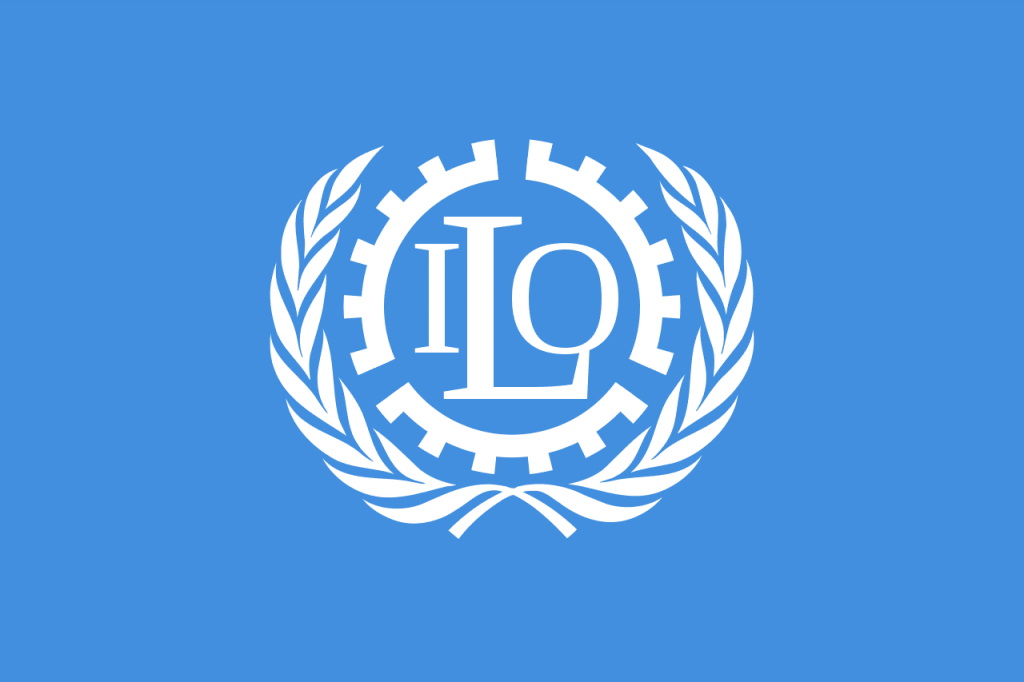By Akanimo Sampson
A new International Labour Organisation (ILO) report says more than $500 billion a year needs to be invested if countries are to meet a basic set of social protection measures known as a Social Protection Floor by 2030.
According to the report, Measuring financing gaps in social protection for achieving SDG target 1.3: Global estimates and strategies for developing countries, spending on coverage needs to increase dramatically to achieve universal coverage of a basic set of social protection measures.
This would include: Cash transfers to children, Maternity benefits for mothers with newborns, Disability benefits, and Old-age social pensions
Based on research carried out in 134 countries, the findings show that at current levels social protection covers only 8.5 percent of children and 15.3 percent of older persons in low-income countries. By contrast, in upper-middle-income countries, 35 percent of children and 90 percent of older persons are covered.
Deputy Director of ILO’s Social Protection Department, Valérie Schmitt, said: “we firmly believe that universal social protection can be a target that can be achieved through massive investments, including through international development aid to low-income countries.”
Social protection plays a central role in efforts to reach by 2030 the targets set out in the UN Sustainable Development Goals (SDGs), including those for poverty, gender equality, decent work, and economic growth, among others.
Many middle- or upper-middle-income countries have the domestic capacity to generate the resources to finance a universal social protection floor, say the report’s authors. However, substantial amounts of overseas development aid will be needed to close the financing gap in the 28 low-income countries covered in the research, to achieve universal coverage by 2030.
According to the report the low-income countries would need to spend 5.6 percent (US$27 billion per year) of their Gross Domestic Product (GDP) to close the financing gap. The lower-middle-income countries would need to earmark 1.9 percent of GDP (US$ 136 billion per year), whereas the upper-middle-income countries would need to spend 1.4 percent of their GDP (US$ 365 billion per year).
Policy options to create the necessary financing presented in the report include, among others, increasing tax revenue, extending social security coverage and contributions, increasing official development assistance (ODA) with priority given to low-income countries, and eliminating illicit financing flows.
“Promoting the extension of contributory social insurance coverage to workers in the informal economy, in countries where social insurance is still underdeveloped, would create additional revenues of 1.2 percent of the GDP of these countries,” said Fabio Duran-Valverde, Head of the Public Finance, Actuarial, and Statistics Unit.
The ILO hosted a Global Social Protection Week in Geneva, November 25-28, with the aim of charting a way towards achieving social protection for all. Participants will contribute to a roadmap for the future of social protection, within the framework of the ILO Centenary Declaration for the Future of Work.
|

